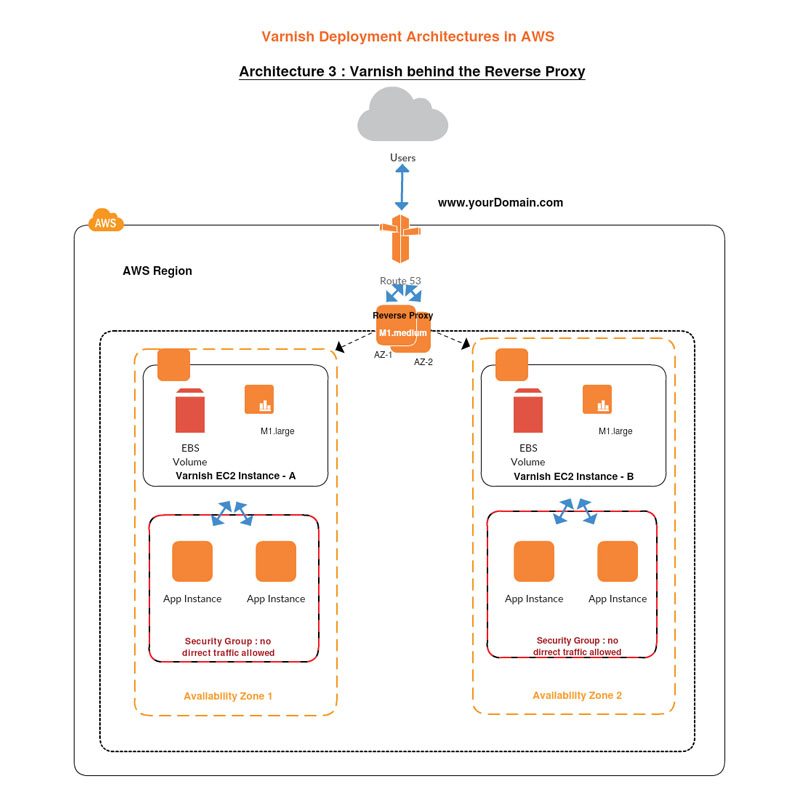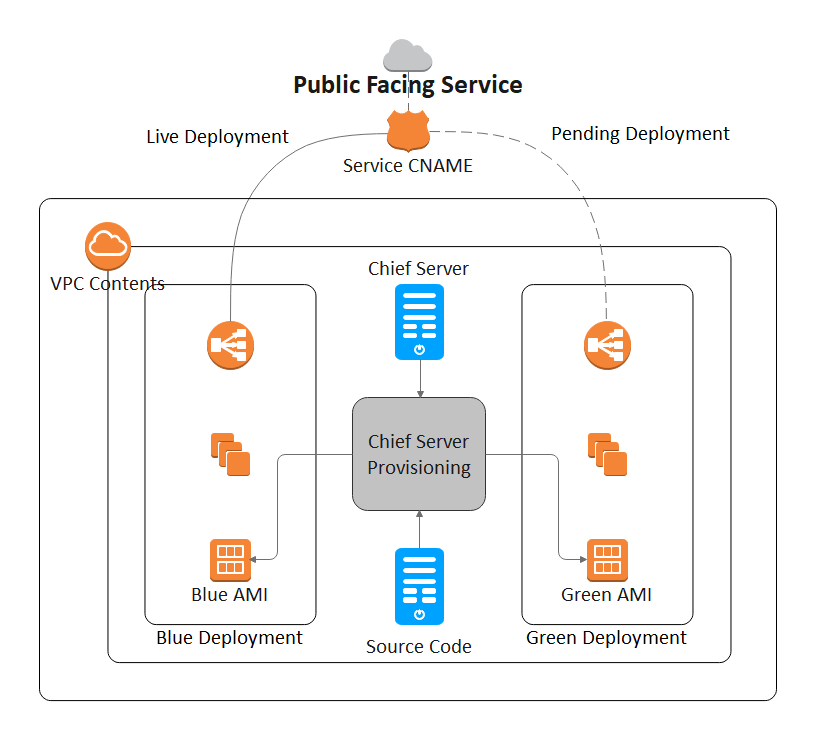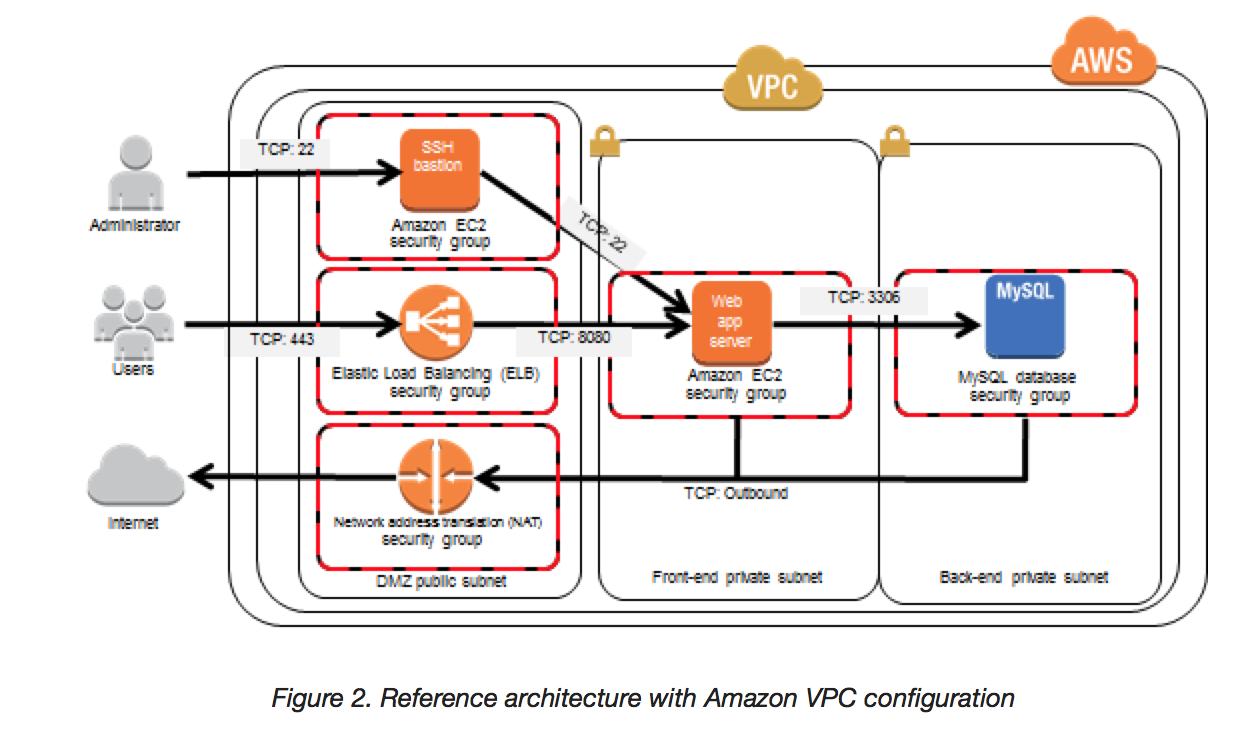

This is a minimum starting point for business-critical applications and should be designed with additional Direct Connect links for greater resiliency. The red links in figure 2 are the ISP-provided connectivity that spans the Pacific Ocean. If one cable should fail for any reason, connectivity to AWS would still be available. We recommend having at least two ISPs for resilient applications, each providing connectivity across a separate subsea cable from Hawaii to the mainland. For example, our local AWS Partner DRFortress connects multiple ISPs in a data center in Hawaii to the AWS US West Region. The Direct Connect locations are third-party colocation providers who act as meet-me points for AWS customers and the AWS Regions. Most customers select an ISP to get them connectivity across the Pacific Ocean to an AWS Direct location. Redundant direct connection from Hawaii to the US mainland If you build your architecture following these recommendations, AWS offers this published service level agreement ( SLA).įigure 1.

In addition, we recommend designing four Direct Connect connections that span two Direct Connect locations for maximum resiliency. If you require high resiliency, we recommend a minimum of two physically redundant Direct Connect connections into AWS. In addition, these cables connect to various locations on the US West Coast. To build resilient connectivity, six cables connect Hawaii to the mainland US: Hawaiki, SEA-US, Asia-America Gateway (AAG), Japan-US (JUS), and two Southern Cross (SCCN) cables. (Source: Submarine Cable Map from TeleGeography) Subsea fiber-optic cables connecting Hawaii to the US mainland Subsea CableĮqunix, EdgeConnex, Pittock Block, CoreSite, T5, TierPoint Typically, customers will use multiple 10-Gbps connections for higher throughput and redundancy. Many of these locations support up to 100 Gbps and support MACsec, which is an IEEE standard for security encryption in wired Ethernet LANs. In addition, there are various options for AWS Direct Connect Locations in the US West Region. The us-west-2 Region generally provides more AWS services at a lower cost versus us-west-1. We recommend choosing the us-west-2 AWS Region in Oregon to build high performant connectivity closest to Hawaii. As a result, you can securely connect your on-premises network to AWS using an internet connection. The Site-to-Site VPN connects on-premises sites to AWS resources in an Amazon VPC. As a secondary option to Direct Connect, AWS Site-to-Site VPN provide connectivity into AWS over the public internet using VPN encryption technologies. Use of AWS VPN over an internet connection.This improves application performance and addresses latency concerns by connecting directly to AWS and bypassing the public internet. In addition, the Direct Connect location establishes dedicated connectivity to Amazon Virtual Private Clouds (VPC). This provides you with a presence in an AWS Direct Connect location, a third-party colocation facility, or an Internet Service Provider (ISP) that provides last-mile connectivity to AWS. It can be provisioned from 50 Mbps up to 100 Gbps. In this case, the connection is traversing the fiber-optic cable across the Pacific Ocean to the mainland’s meet-me-point facilities. AWS Direct Connect is a dedicated network connection that connects your on-premises environment to AWS Regions. Use of AWS Direct Connect over a physical connection.Starting at the network layer, there are two recommended options for connecting the on-premises network within the island to AWS. For each layer, we can design for resiliency and latency concerns. Designing network connectivity that is reliable, secure, and highly performantĪ typical workload in AWS can be broken down into three layers – Network, Infrastructure, and Application. These problems can be solved by architecting the workloads for reliability, secure connectivity, and high performance. Latency concerns for mission-critical applications driven by physical distance.Resiliency concerns about multiple outage events that could arise from breaks in the submarine cables.

As a result, organizations have two primary concerns: To access Amazon Web Services (AWS) on the US mainland, customers’ data must traverse through submarine fiber-optic cable networks approximately 2,800 miles across the Pacific Ocean.

Many local businesses are already embarking on their journey to the cloud to meet their customers’ growing demand for digital services. Hawaii is building a digital economy for a sustainable future.


 0 kommentar(er)
0 kommentar(er)
